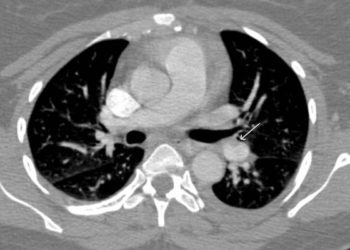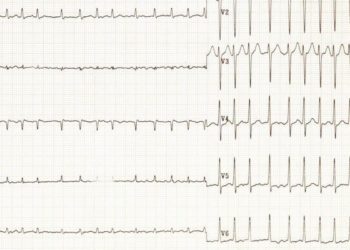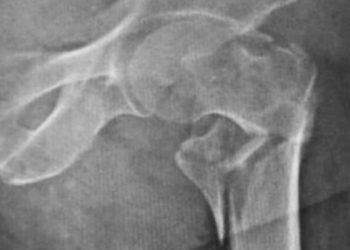Low prevalence of pulmonary embolism among patients with syncope
1. Based on this retrospective cohort study from multiple countries, the prevalence of pulmonary embolism among patients presenting to the emergency department (ED) with syncope was low at <1%.
2. Given the low probability of pulmonary embolism in patients with syncope, adopting a routine protocol for excluding PE in these patients is discouraged due to the risk of false-positive results and overtreatment.
Evidence Rating Level: 2 (Good)
Study Rundown: Pulmonary embolism (PE) is considered an important and serious cause of syncope. However, studies evaluating the presence of PE in patients presenting to the ED with syncope disagree on its prevalence, citing statistics ranging from less than 1.5% to as high as 17%. This study used administrative databases from four countries to evaluate the presence of PE in patients presenting to the ED, and found that rates of PE diagnosis ranged from 0.06% to 0.55% in all patients presenting with syncope, versus 0.15% to 2.10% in hospitalized patients with syncope.
Because the authors used administrative databases, they likely missed a small number of patients presenting with syncope. However, these results discourage the consideration of PE as a differential diagnosis for all patients presenting with syncope, because doing so could lead to false-positive results, overtreatment, and increased health care costs. Future investigation of prevalence stratified based on sex, age, comorbidities, and integration with risk stratification strategies would be insightful.
Click to read the study in JAMA Internal Medicine
Relevant Reading: Overdiagnosis of pulmonary embolism by pulmonary CT angiography.
In-Depth [retrospective cohort]: This study used administrative databases from Canada, Denmark, Italy, and the United States to determine the prevalence of PE at presentation to the ED and at hospital discharge, as defined by ICD-9 and ICD-10 codes. The study found the rate of PE diagnosis to range from 0.06% to 0.55% in all patients presenting to the ED with syncope, and from 0.15% to 2.10% in the subset who was subsequently hospitalized. Furthermore, the authors completed two sensitivity analyses: (1) PE diagnosed within 90 days of follow-up, and (2) worst-case scenario of all venous thromboembolisms considered to result in PE, finding a prevalence of 0.14% to 0.83% in all patients and 0.35% to 2.63% for hospitalized patients for the former, and 0.30% to 1.37% in all patients and 0.75% to 3.86% in hospitalized patients for the latter.
Image: CC/Wiki
©2018 2 Minute Medicine, Inc. All rights reserved. No works may be reproduced without expressed written consent from 2 Minute Medicine, Inc. Inquire about licensing here. No article should be construed as medical advice and is not intended as such by the authors or by 2 Minute Medicine, Inc.







